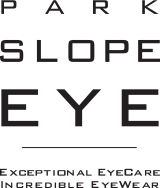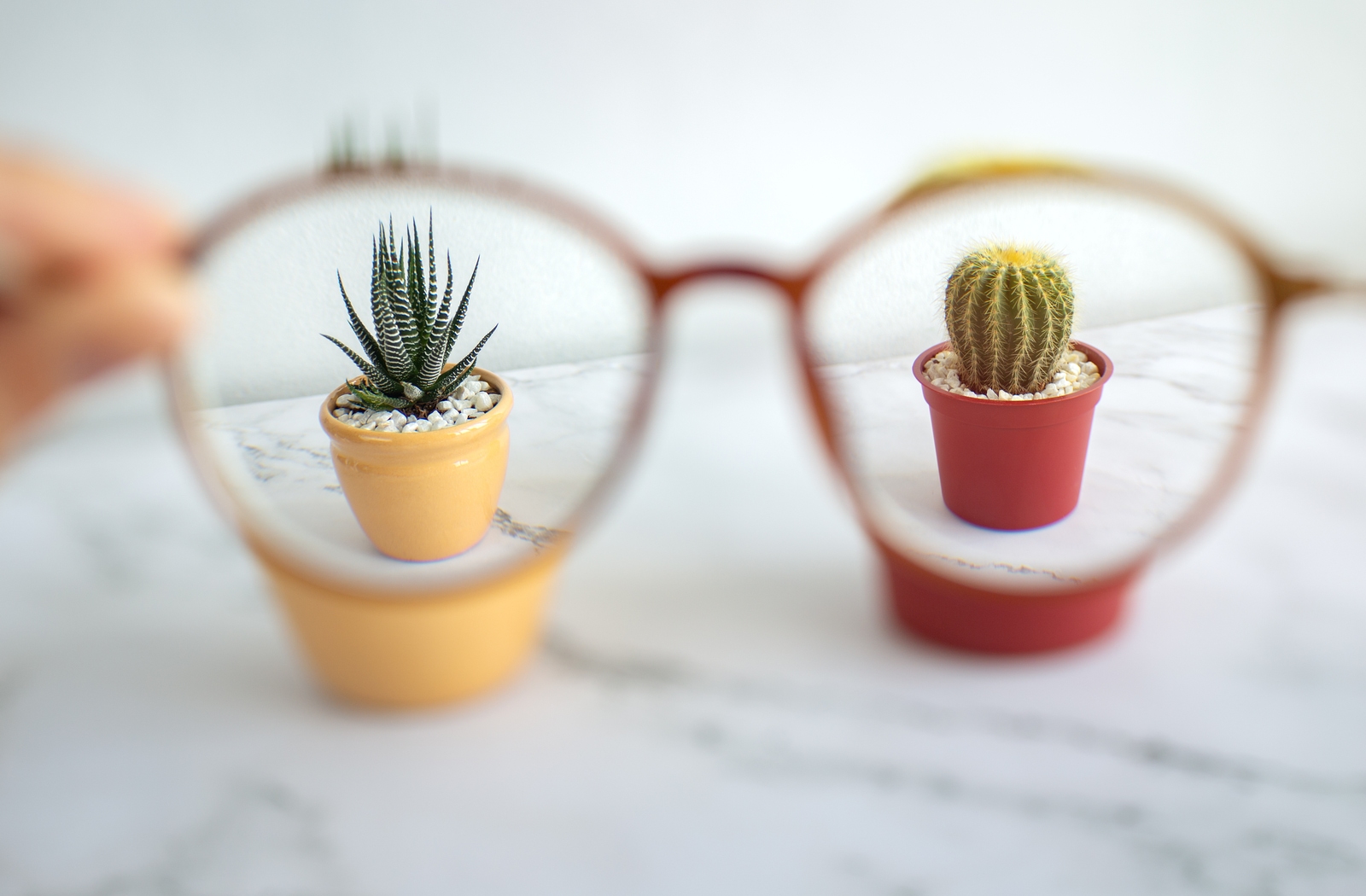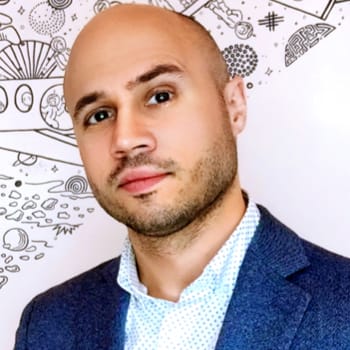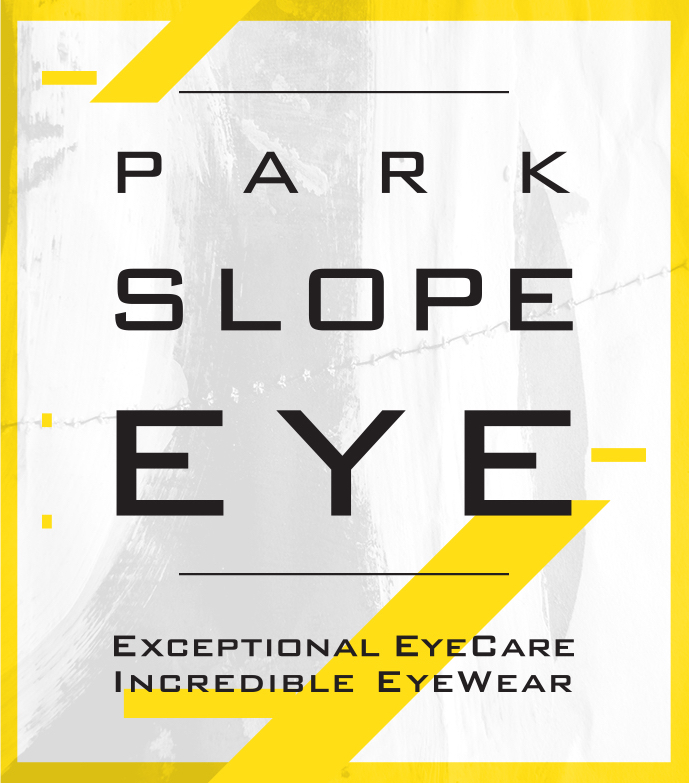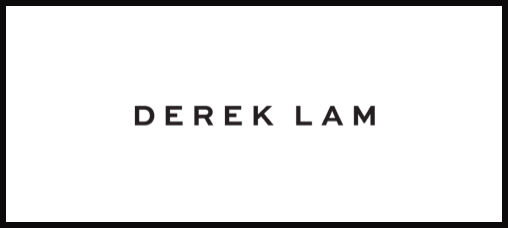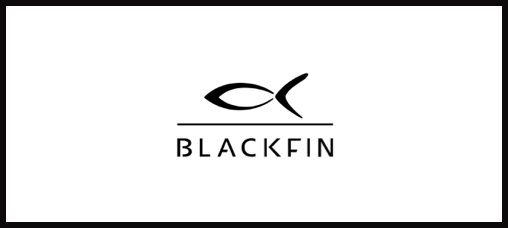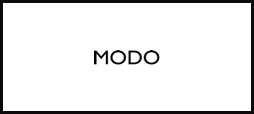Myopia is one of the most common refractive errors around, and it poses a unique risk for children. There’s an increased risk of several eye diseases when myopia progresses. With this in mind, is there any way to prevent this condition from worsening?
Continue reading to learn more about myopia, including how you can prevent it from progressing.
What is Myopia?
Myopia, or nearsightedness, is a common refractive error affecting approximately 25% of Americans. This error occurs when incoming light can’t bend properly, resulting in blurred vision. With myopia, close-up objects appear clear, while far-away images look blurry.
This condition typically presents during early childhood, and there are several myopia symptoms your child may experience.
Myopia Symptoms
The most common symptom of myopia is blurred vision when looking at distant objects, but other signs of this condition include:
- Excessive squinting to see clearly
- Headaches
- Strained eyes
Myopia is common in children, and you may notice other symptoms in your child. Kids may not know they’re having visual difficulties, so it’s crucial to look for signs of refractive errors. It’s also important to consider that children may be unsure how the world around them is meant to be seen as blurry vision can become normal to them. Regardless if your child says they aren’t suffering from blurry vision, annual eye exams are key to detecting these signs as early as possible.
Your child may have myopia if they:
- Sit closer to digital screens or the front of the classroom
- Seem unaware of far-away objects
- Blink excessively
- Rub their eyes frequently
Myopia has several symptoms your child may experience. Knowing these signs can help you know when they need an eye examination.
This condition can worsen with time, so visiting your optometrist as soon as possible can help protect your child’s vision. If myopia is so common today, what causes it to develop?
What Causes Myopia?
Someone with myopia has differently shaped eyes featuring a longer than normal eyeball or a cornea with a steep curvature. Light focuses improperly because of the eye’s shape, leading to blurry vision.
Other factors contributing to myopia development include:
Children’s eyes grow as they do, so myopia can worsen until they enter adulthood. Without proper treatment, your child may rely on heavy prescriptions later in life.
What is Myopia Progression?
Myopia progression occurs as your child ages. This condition develops into adulthood, where it stabilizes, meaning your child’s myopia may worsen for years. This condition can eventually become high myopia.
High Myopia
High myopia occurs when the eyeball grows more than necessary, becoming abnormally long from front to back. This condition is defined as high when someone’s vision is above -5.00 diopters, the unit for measuring how much corrective power your eyes need.
High myopia increases the risk of several eye diseases, including:
Myopia can affect more than your child’s vision when it progresses. With the risk this condition poses, how can you prevent myopia from progressing?
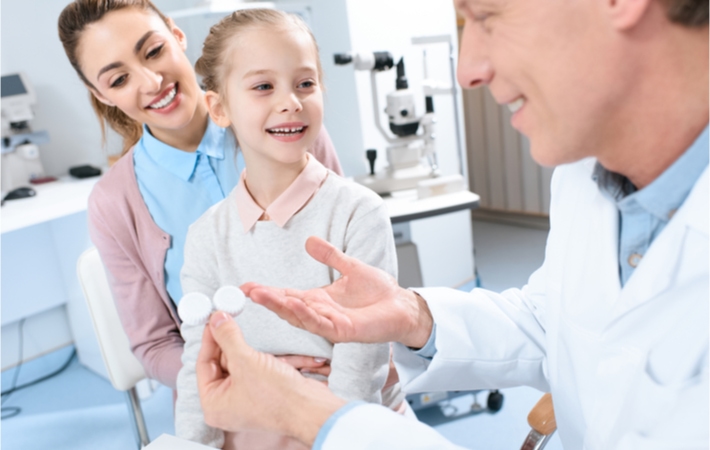
How Can You Prevent Myopia From Worsening?
There are many ways to prevent myopia from worsening with today’s technology. These treatments are known as myopia control.
Myopia control focuses on preventing the condition from progressing further. Single-vision lenses can’t effectively control myopia, but other treatments can, such as:
- Multifocal contact lenses
- Atropine eye drops
- Orthokeratology (Ortho-k)
Multifocal Contact Lenses
Multifocal contact lenses are different from regular contacts because they offer vision correction from multiple distances. They’re shaped like a bullseye and help reduce eyestrain. The center of the lens corrects myopia, while the outer layers of the lens add focusing power.
Lenses such as Naturalvue are daily disposable, making them ideal for children. There’s less cleaning and maintenance required.
Multifocal contact lenses can effectively control myopia, with studies showing that these lenses can reduce myopic progression by up to 25%.
Atropine Eye Drops
Atropine eye drops work by relaxing the focusing mechanism of your child’s eye. This relaxation helps reduce focusing fatigue, which is common with myopic progression. Studies have found that atropine eye drops can effectively slow myopia progression.
Atropine has minimal side effects, and your optometrist can determine the most effective dosage for your child.
Orthokeratology (Ortho-K)
Orthokeratology, or ortho-k, is a specialty contact lens that temporarily reshapes the cornea. These contacts are rigid gas permeable lenses used for correcting and controlling myopia.
Your child wears these lenses while they sleep, and they don’t require glasses throughout the day. The effect of ortho-k lenses is only temporary, and your child will need to wear these lenses every night. Studies have shown ortho-k is a safe and effective treatment for children with myopia.
All of these options can help slow or prevent myopia progression. Your optometrist can determine the best treatment for your child’s needs.
Protect Your Child’s Vision & Health
Myopia can seem insignificant, but it can increase the risk of several eye diseases. You can prevent your child from having a prescription-heavy future by speaking with your optometrist. The sooner your optometrist diagnoses myopia, the sooner they can help.
If your child has symptoms of myopia, book an appointment. It’s important to follow the suggested schedule of annual eye exams within the first year, at age three and every school year, to protect your child’s ocular health.
